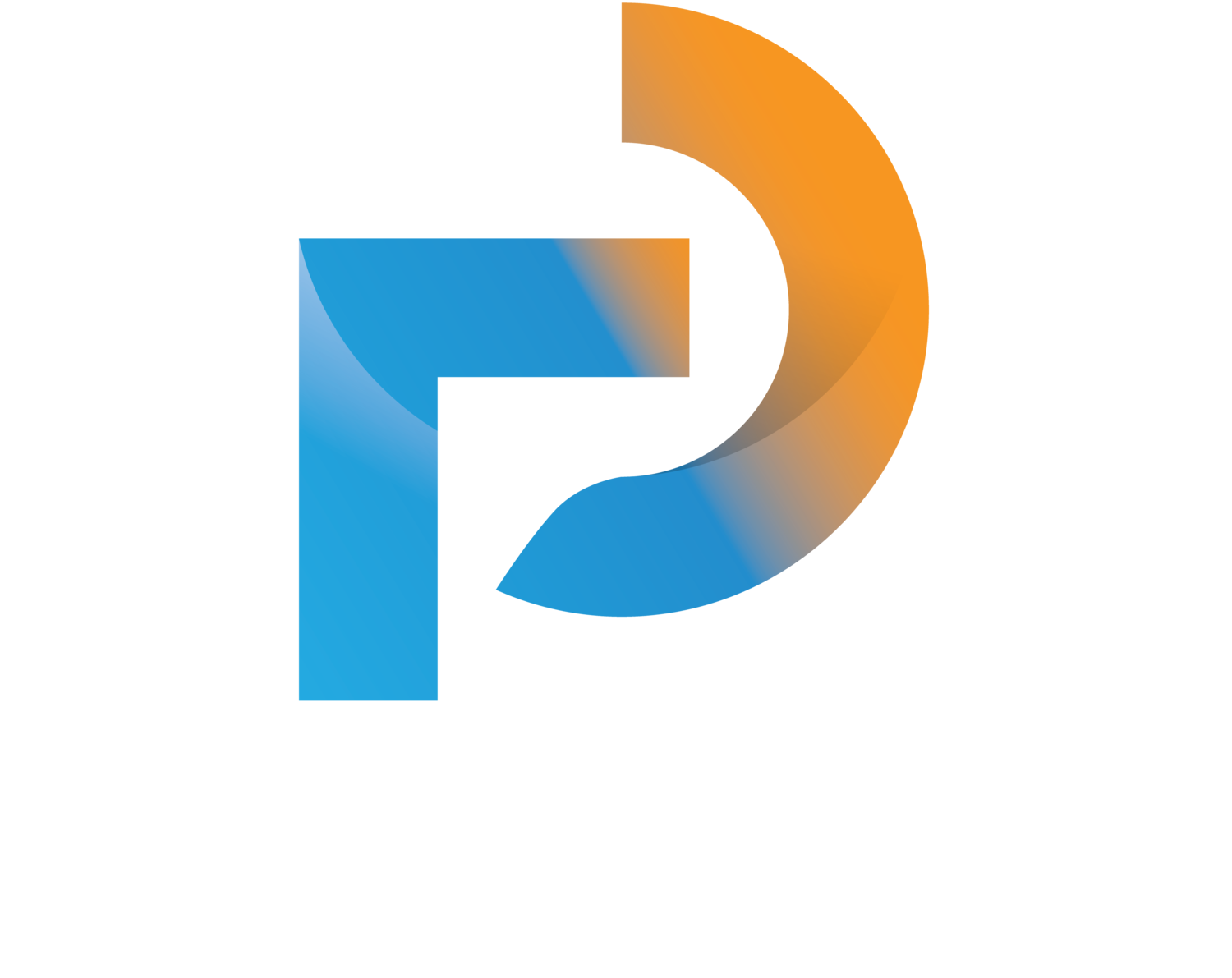Ong Ren-ne: The Dynamics of Rehabilitation, Strength & Conditioning and Coaching for Successful Athletic Development
photo credit: Singapore Badminton AssociationHi everyone, I am Ren-ne, an ex-national badminton player for Singapore. I have been playing the sport for 15 years and have had the opportunity to represent Singapore for the past 8 years. Having experienced elite training and major competitions like the SEA Games and Commonwealth Games, I hope to share my experiences with the next generation and future aspiring athletes. It is a tough and mostly uncertain journey with many factors playing a part in an athlete’s success or failure. This article is purely my perspective (as a badminton player) and it aims to explore the relationship between strength and conditioning (S&C), fitness and rehabilitation of an athlete.
In most elite sports, the specification and specialisation of each stakeholder is clear. A coach is in charge of the techniques and fundamentals of the sport, a S&C coach takes care of maintaining the athlete’s physical ability to perform in the sport while a physiotherapist is responsible for rehabilitation of injuries. Are there overlaps? Or does each stakeholder work individually?
In my opinion, integration is key. The greater the integration, the likelihood of the athlete achieving peak performance increases. The degree of optimal integration depends and differs for each sport. At the elite level, the details matter and every slight change can mean great improvements, hence the saying “train hard but train smart”. In order to improve, the repetitions or exercises alone might not be as important as the combination of the right exercises and techniques in relation to the sport.
Firstly, the coach’s ability to convey the sporting requirements to the S&C coach (e.g. the muscles and movements highly used in the sport) will determine the type of exercises (power or endurance) and frequency needed during gym trainings. Secondly, the communication (instructing right exercise technique) between the S&C coach and the athlete is important in fuelling maximum peak performance and independent learning. Lastly, the mutual understanding between the physiotherapist and S&C coach is important when modifying exercises and techniques for athletes to achieve maximum effects while working within any limitations.
Badminton requires varying degrees and combinations of power and endurance qualities, depending on the type of player and gender such as when playing in singles, doubles and mix doubles. Hence, compound movement exercises like barbell squats, deadlifts and bench presses are commonly carried out during strength training. However, are athletes using the right technique during these exercises to achieve maximum efficiency in relation to the sport?
Take for example: barbell squats are widely used during gym trainings to improve one’s ability to execute a double-leg jump (e.g. jump smash) on court. However, the importance of the right technique to be executed and consequently, the detrimental effects of poor form are rarely conveyed to players in depth. As an athlete, I was rarely corrected on the proper techniques of a squat, resulting in the inability to squat heavier weights for fear of getting injured. Details like the position of my hands on the barbell, flaring of the ribcage, the different muscles working during the concentric/eccentric phase, breathing pattern, the positioning of the back and pelvis, etc, were not communicated effectively.
This resulted in the inability to reach maximum efficiency of doing squats in relation to the power and endurance required to jump and move on court. To illustrate this, the inefficient technique might translate into the ability to jump 80 times, however the right technique might enable me to jump 100 times on court. To make up for this difference in performance, I might have then had to perform more repetitions of the barbell squat or other types of more advanced exercises which would require more effort and involve higher levels of difficulty.
This compensation I just described is an inefficient method of training. The goal of athletic training is to reap maximum benefits with minimal increase in effort. An athlete training in an inefficient method might very quickly experience fatigue without reaping any sport-specific improvements in his/her fitness levels. Injuries tend to occur when fatigue sets in as the mind and body, causing the athlete to lose focus on the task at hand, introducing wrong movements and techniques into their training instead.
Depending on the athlete, their sport and the nature of their injury, rehabilitation and S&C might be carried out independently. However, I firmly believe that both should be performed concurrently when an athlete is injured. For example: if my shoulder is injured, I should be focusing on rehabilitating it but not forgetting to carry out my lower body S&C training. This way, as my shoulder recovers progressively, I would have maintained my lower body ability and be ready to train fully again. By integrating rehabilitation and S&C, an athlete can save time when recovering and strengthen his/her body to enable peak performance in the sport.
In conclusion, an athlete needs to have the best support in all areas for peak performance. I firmly believe that integration of all the aspects - S&C, rehabilitation, coaching - is extremely important in helping athletes in their pursuit for excellence. Moreover, multiple ways of integration are encouraged and will be useful (e.g. between the physiotherapist and coach). Although the dynamics of every sport is different, I feel that training with the right technique and guidance remains the fundamentals for all sports.
Lastly, my advice to all aspiring athletes is to keep finding ways to improve and learn. If you do not push yourself to become better, you would already be falling behind.

